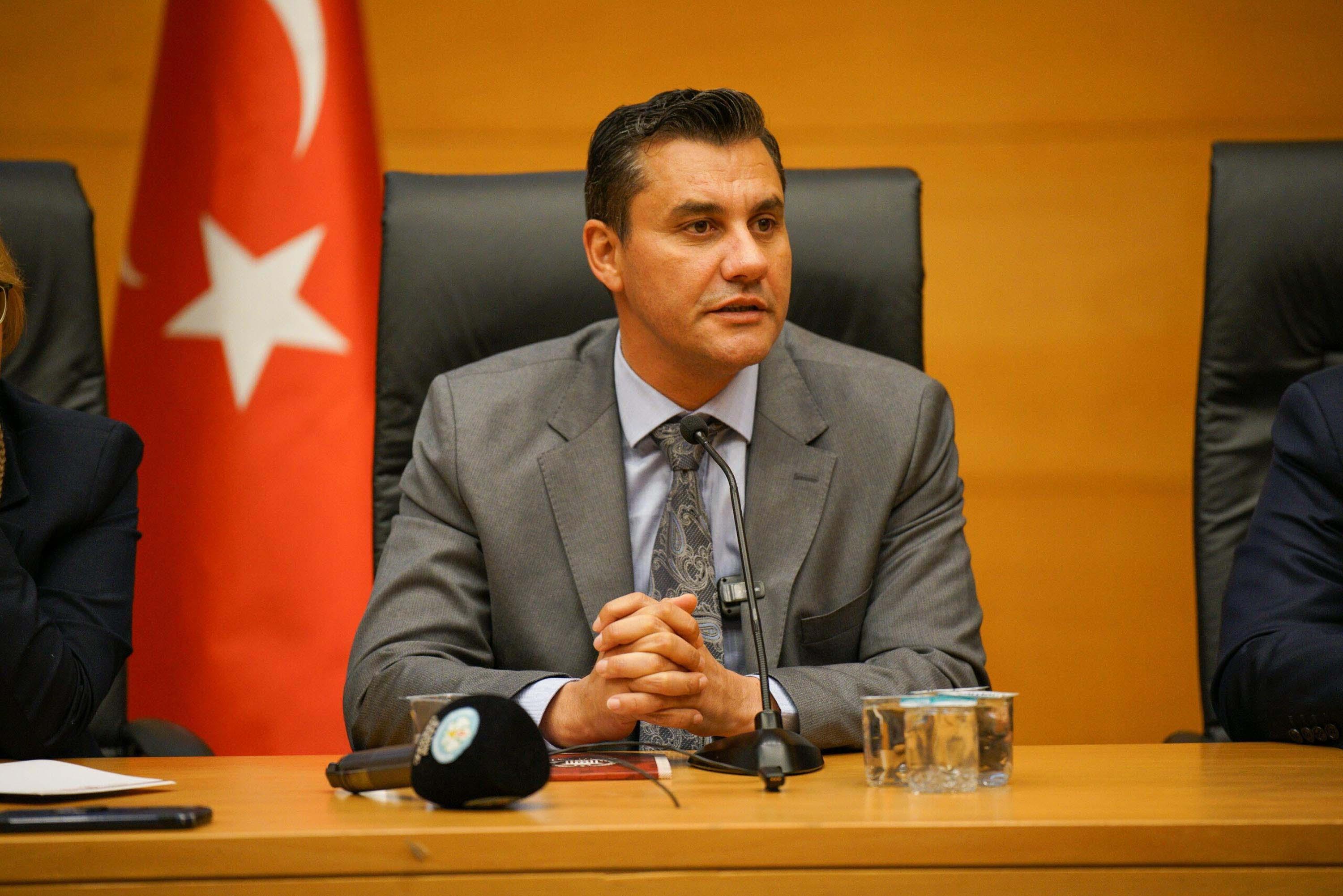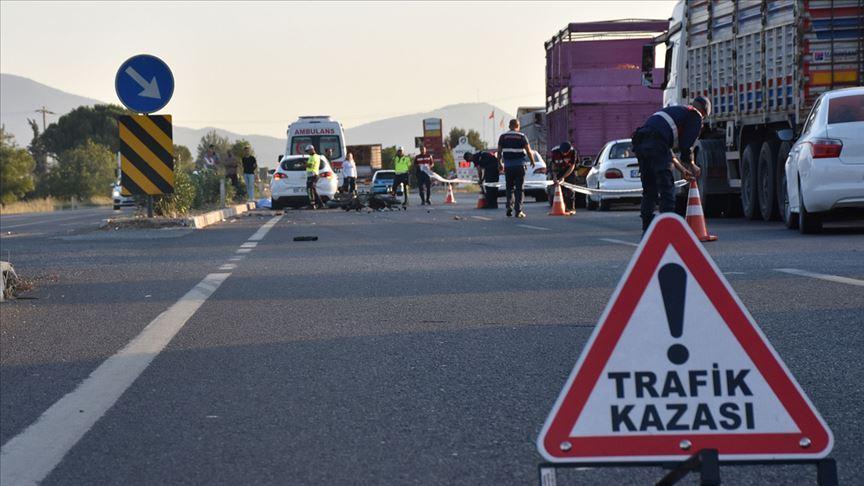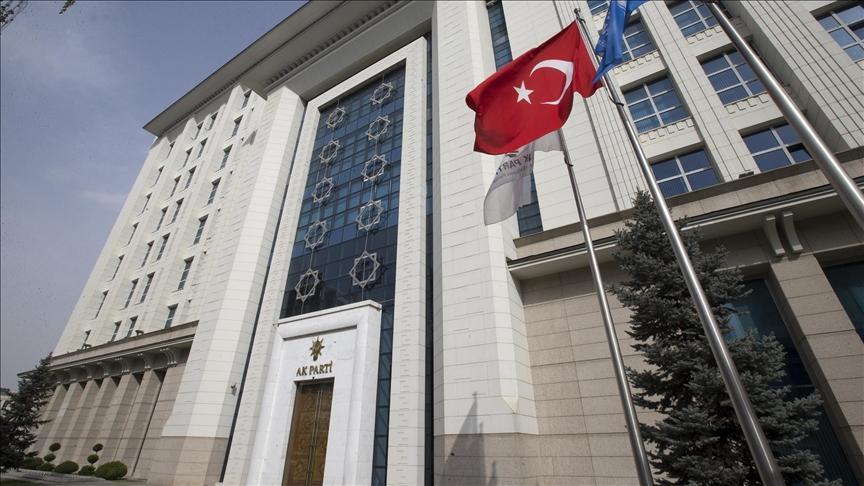Vacation havens teem with visitors as big cities fall quiet on 1st day of Eid
ISTANBUL

As the first day of Eid al-Adha dawned across Türkiye on June 6, coastal vacation spots brimmed with visitors, while major urban centers, particularly Istanbul, witnessed an unusual calm.
With the commencement of the four-day Eid holiday on June 6, millions of citizens have set out to embrace rest, family gatherings and festive rituals, leaving behind cityscapes relatively silent.
Istanbul, usually buzzing with traffic, lay quiet in the morning hours, with the E-5 highway and other major arteries experiencing remarkably light traffic.
For many, Eid signals the beginning of a long-anticipated getaway. Travel surged across the country beginning June 4 afternoon — a day before the start of the official Eid break — prompting crowding at Istanbul and Sabiha Gökçen airports, where additional staffing, extended e-passport counters and upgraded security lanes were introduced to manage the passenger influx. On June 6 alone, Istanbul Airport was expected to handle over 1,600 flights and nearly 250,000 travelers.
Bus terminals launched extra services to accommodate intercity movement, while on the roads, a mass departure from Istanbul and neighboring provinces led to congestion on major highways.
Bodrum, one of Türkiye’s most popular summer destinations, recorded the entry of 50,000 vehicles in just 24 hours, with traffic stretching for kilometers.
The exodus was accompanied by heightened traffic enforcement. Newly installed fixed speed cameras, some placed as frequently as every 30 kilometers, sparked debate among drivers, who perceived them as punitive rather than preventative.
Interior Minister Ali Yerlikaya defended the measures as life-saving, with the ultimate goal of reducing road fatalities by 2030.
Meanwhile, returning expatriates from Europe added to border traffic, especially at crossings like Kapıkule in the western province of Edirne.
During Eid al-Adha, one of the most significant religious holidays in Islam, Muslims slaughter sheep, goats or cattle and distribute portions of the meat to family, neighbors and the less fortunate.
Millions congregated at mosques for the Eid prayer. Later, public slaughtering grounds designated by municipalities became focal points of activity, with citizens fulfilling the religious rite of sacrifice. In emergency rooms across the country, a familiar pattern repeated itself — novice butchers arrived with self-inflicted wounds sustained during the activity.
The days surrounding Eid also hold profound personal meaning. Visits to cemeteries, particularly to the graves of loved ones and martyrs, are common, where mourners arrive in the early hours to recite prayers and place flowers on graves.
















